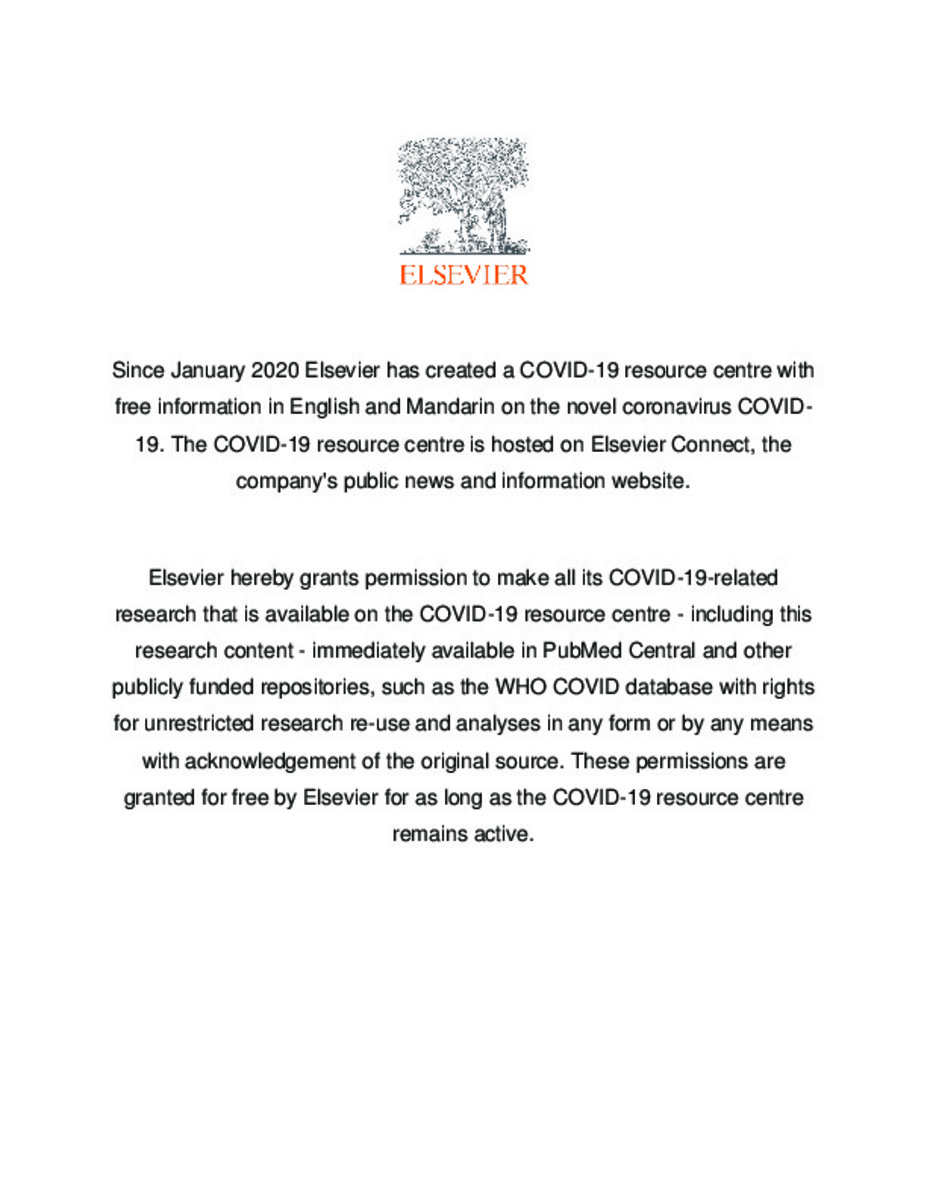Mostrar el registro sencillo del ítem
Analysis of SARS-CoV E protein ion channel activity by tuning the protein and lipid charge
| dc.contributor.author | Verdiá Báguena, Carmen | |
| dc.contributor.author | Nieto Torres, José L. | |
| dc.contributor.author | Alcaraz, Antonio | |
| dc.contributor.author | De Diego, Marta L. | |
| dc.contributor.author | Enjuanes, Luis | |
| dc.contributor.author | Aguilella, Vicente | |
| dc.date.accessioned | 2014-05-09T09:40:09Z | |
| dc.date.available | 2014-05-09T09:40:09Z | |
| dc.date.issued | 2013-05-18 | |
| dc.identifier.citation | ENJUANES, Luis; AGUILELLA, Vicente M. Analysis of SARS-CoV E protein ion channel activity by tuning the protein and lipid charge. Biochimica et Biophysica Acta, 1828, vol. 2013, p. 2026-2031 | ca_CA |
| dc.identifier.issn | 0005-2736 | |
| dc.identifier.uri | http://hdl.handle.net/10234/91830 | |
| dc.description.abstract | A partial characterization of the ion channels formed by the SARS coronavirus (CoV) envelope (E) protein was previously reported (C. Verdiá-Báguena et al., 2012 [12]). Here, we provide new significant insights on the involvement of lipids in the structure and function of the CoV E protein channel on the basis of three se- ries of experiments. First, reversal potential measurements over a wide range of pH allow the dissection of the contributions to channel selectivity coming from ionizable residues of the protein transmembrane do- main and also from the negatively charged groups of diphytanoyl phosphatidylserine (DPhPS) lipid. The cor- responding effective pKas are consistent with the model pKas of the acidic residue candidates for titration. Second, the change of channel conductance with salt concentration reveals two distinct regimes (Donnan-controlled electrodiffusion and bulk-like electrodiffusion) fully compatible with the outcomes of selectivity experiments. Third, by measuring channel conductance in mixtures of neutral diphytanoyl phos- phatidylcholine (DPhPC) lipids and negatively charged DPhPS lipids in low and high salt concentrations we conclude that the protein–lipid conformation in the channel is likely the same in charged and neutral lipids. Overall, the whole set of experiments supports the proteolipidic structure of SARS-CoV E channels and ex- plains the large difference in channel conductance observed between neutral and charged membranes. | ca_CA |
| dc.format.extent | 6 p. | ca_CA |
| dc.format.mimetype | application/pdf | ca_CA |
| dc.language.iso | eng | ca_CA |
| dc.publisher | Elsevier | ca_CA |
| dc.relation.isPartOf | Biochimica et Biophysica Acta, 1828, vol. 2013 | ca_CA |
| dc.rights | © 2013 Elsevier B.V. All rights reserved Since January 2020 Elsevier has created a COVID-19 resource centre with free information in English and Mandarin on the novel coronavirus COVID19. The COVID-19 resource centre is hosted on Elsevier Connect, the company's public news and information website. Elsevier hereby grants permission to make all its COVID-19-related research that is available on the COVID-19 resource centre - including this research content - immediately available in PubMed Central and other publicly funded repositories, such as the WHO COVID database with rights for unrestricted research re-use and analyses in any form or by any means with acknowledgement of the original source. These permissions are granted for free by Elsevier for as long as the COVID-19 resource centre remains active. | ca_CA |
| dc.rights.uri | http://rightsstatements.org/vocab/InC/1.0/ | * |
| dc.subject | Coronavirus | ca_CA |
| dc.subject | Ion channel | ca_CA |
| dc.subject | Lipid charge | ca_CA |
| dc.subject | Envelope protein | ca_CA |
| dc.subject | Envelope protein | ca_CA |
| dc.subject | SARS | ca_CA |
| dc.title | Analysis of SARS-CoV E protein ion channel activity by tuning the protein and lipid charge | ca_CA |
| dc.type | info:eu-repo/semantics/article | ca_CA |
| dc.identifier.doi | http://dx.doi.org/10.1016/j.bbamem.2013.05.008 | |
| dc.rights.accessRights | info:eu-repo/semantics/openAccess | ca_CA |
| dc.relation.publisherVersion | http://www.sciencedirect.com/science/article/pii/S0005273613001545 | ca_CA |
| dc.type.version | info:eu-repo/semantics/publishedVersion |
Ficheros en el ítem
Este ítem aparece en la(s) siguiente(s) colección(ones)
-
FCA_Articles [501]
Articles de publicacions periódiques







